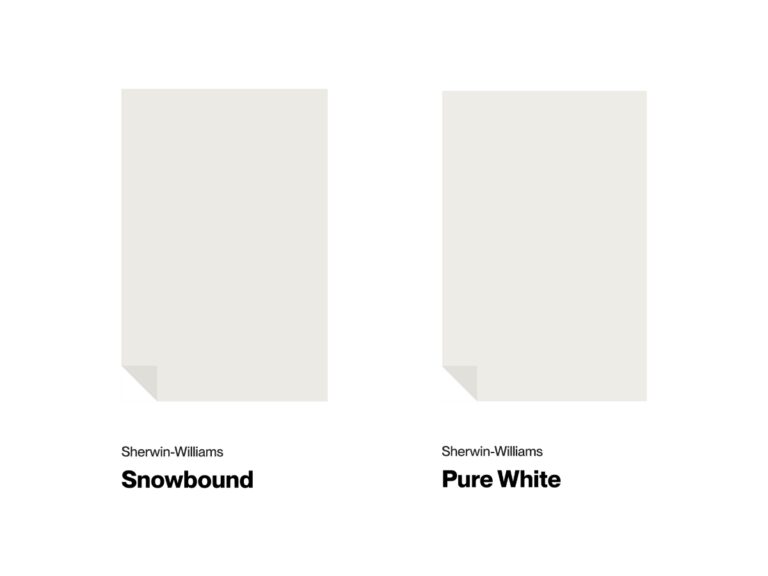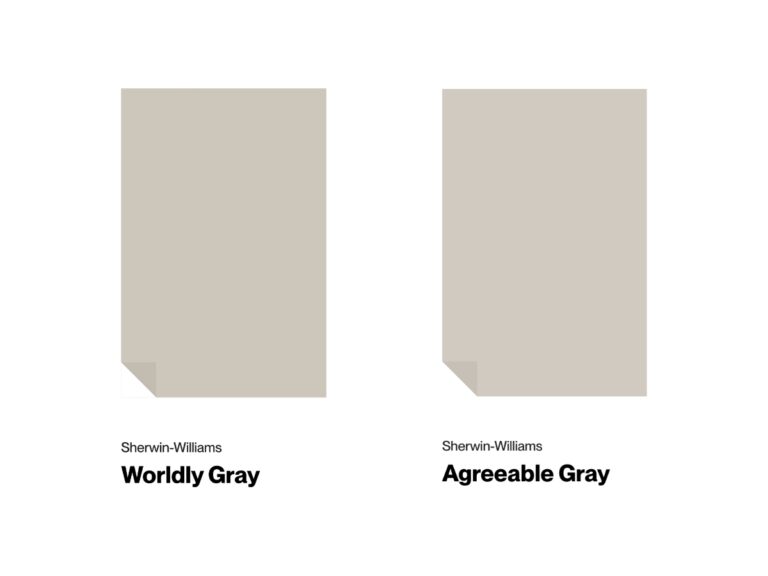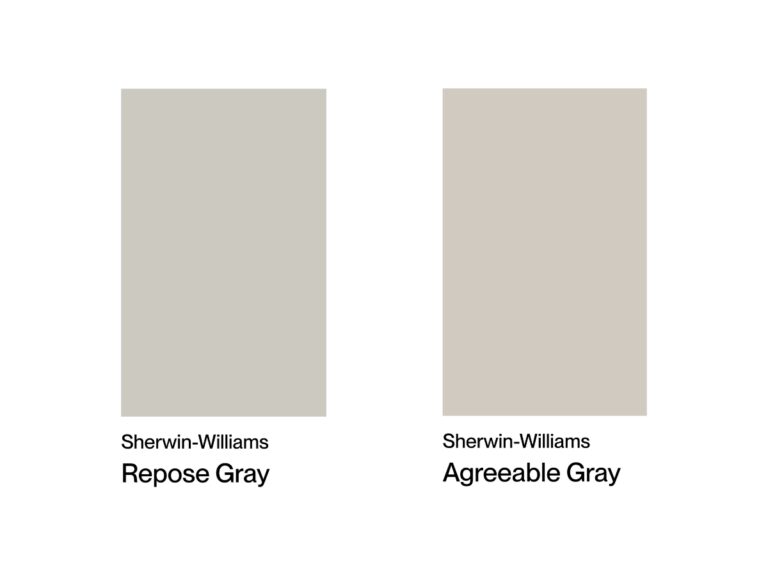In the world of interior design, Greek Villa and Alabaster from Sherwin-Williams have become quite the mystery – how do you tell apart shades with LRV 84 and 82?
Getting the right white paint is key to bringing your dream space to life, and today, we’re exploring the details of these two Sherwin-Williams favorites.
I’ve gathered dozens of REAL interior and exterior photos to show you how Greek Villa and Alabaster come to life in different spaces, helping you pick the perfect one for your project.
Undertones & Character
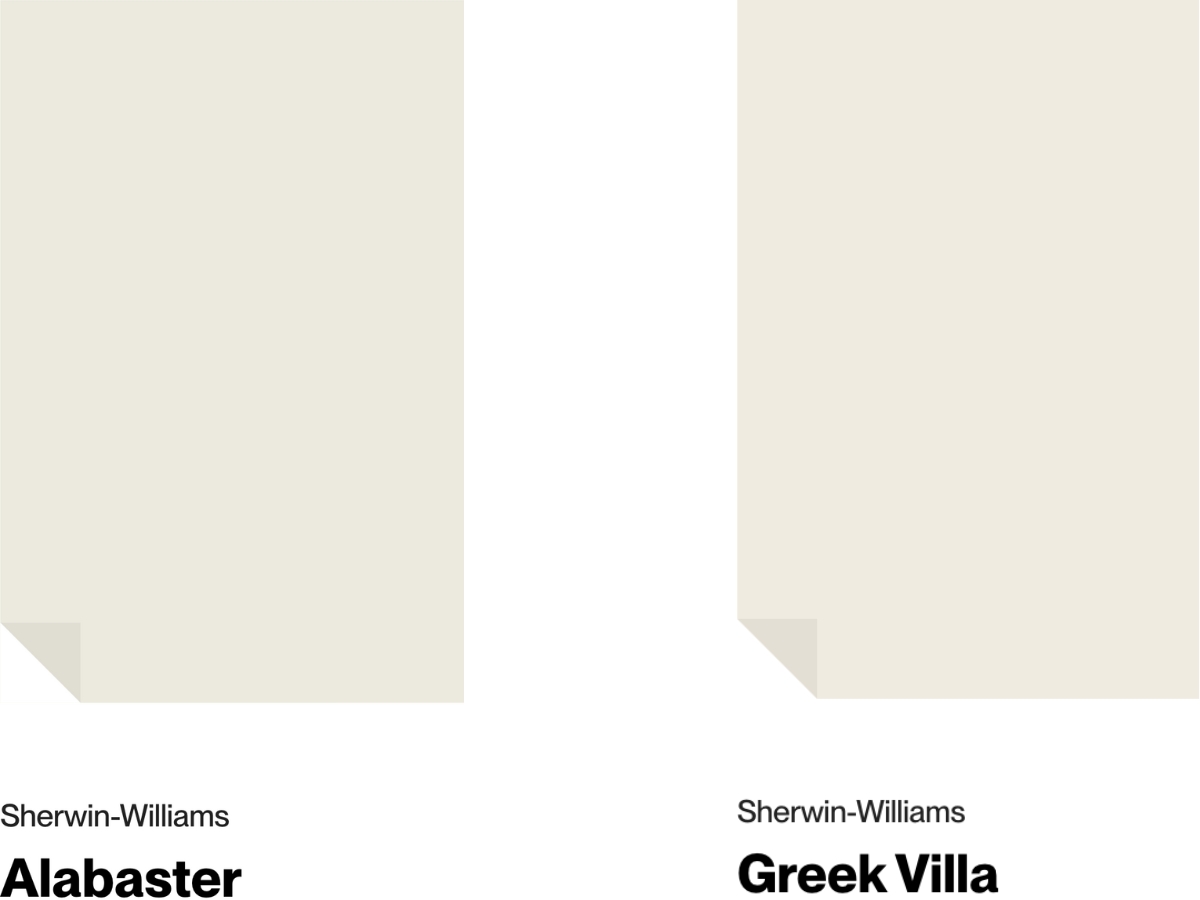
Sherwin Williams’ Greek Villa is a bright, soft white that leans warm with its yellow undertone (LRV 84).
It really comes alive in natural light but needs some help in darker spaces. That yellow undertone works wonders in north-facing rooms, balancing out the cool lighting.
I’m a huge fan of using it in living rooms and bedrooms when you want that warmth without going full-on cream. It’s a perfect fit for Mediterranean-style spaces. And on exteriors? It gives houses this gorgeous sun-kissed look, especially in shaded areas!
Alabaster, another Sherwin-Williams white, takes a more balanced approach with its subtle yellow-beige and gray undertones.
It’s far from that clinical hospital white – instead, it creates this soft, fresh feel. What really gets me is how stable it is – it barely changes under different lights. Even in darker spaces, it warms up while keeping its white identity.
Alabaster’s a real all-rounder – it looks just as good on kitchen cabinets as on ceilings. It’s become my go-to for darker rooms with north-facing windows.
So what’s the big difference? Greek Villa definitely runs warmer and can read quite creamy, especially when the sun hits it. Alabaster plays it cool – stays neutral even in bright light.
Greek Villa can get a bit moody in darker spaces without good lighting, while Alabaster keeps its cool. On bigger walls, Greek Villa’s undertone becomes more obvious, but Alabaster stays pretty consistent.
| SW Alabaster | SW Greek Villa | |
| Color Code | SW 7008 | SW 7551 |
| Light Reflectance Value (LRV) | 82 | 84 |
| Color Family | White | White |
| Undertones | Balanced yellow-beige with grey (greige) undertones | Warm yellow undertones |
Room-by-Room Comparison
Let’s talk about how these colors work in different spaces. Keep in mind: Greek Villa’s slightly brighter and warmer (LRV 84 vs Alabaster’s 82), with that more noticeable yellow undertone. This really shapes how they behave in a space.
Living Rooms
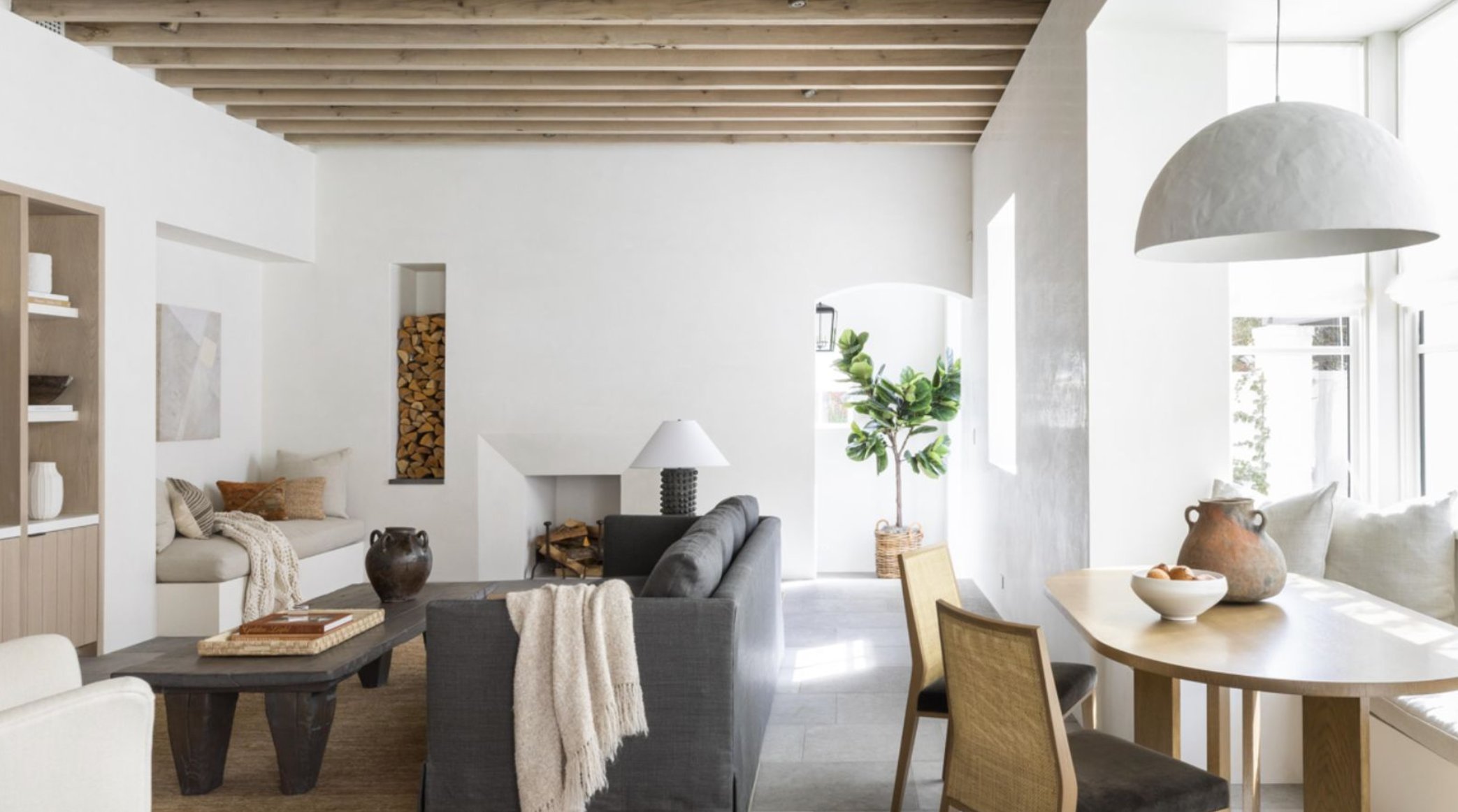
source
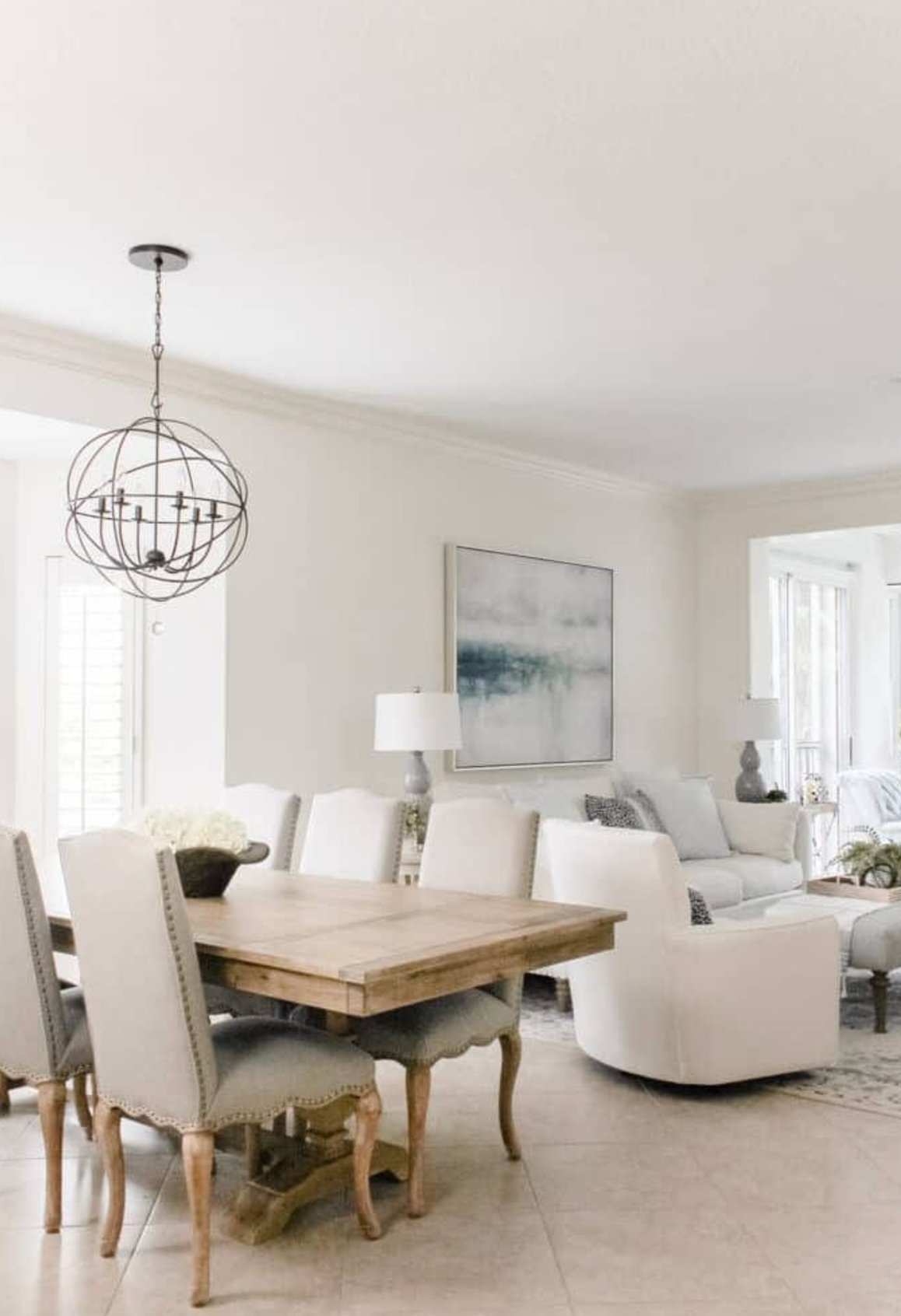
source
Greek Villa makes living rooms feel cozy and bright. It’s a lifesaver in rooms with north-facing windows. Just watch out – that yellow can get a bit intense on large walls.
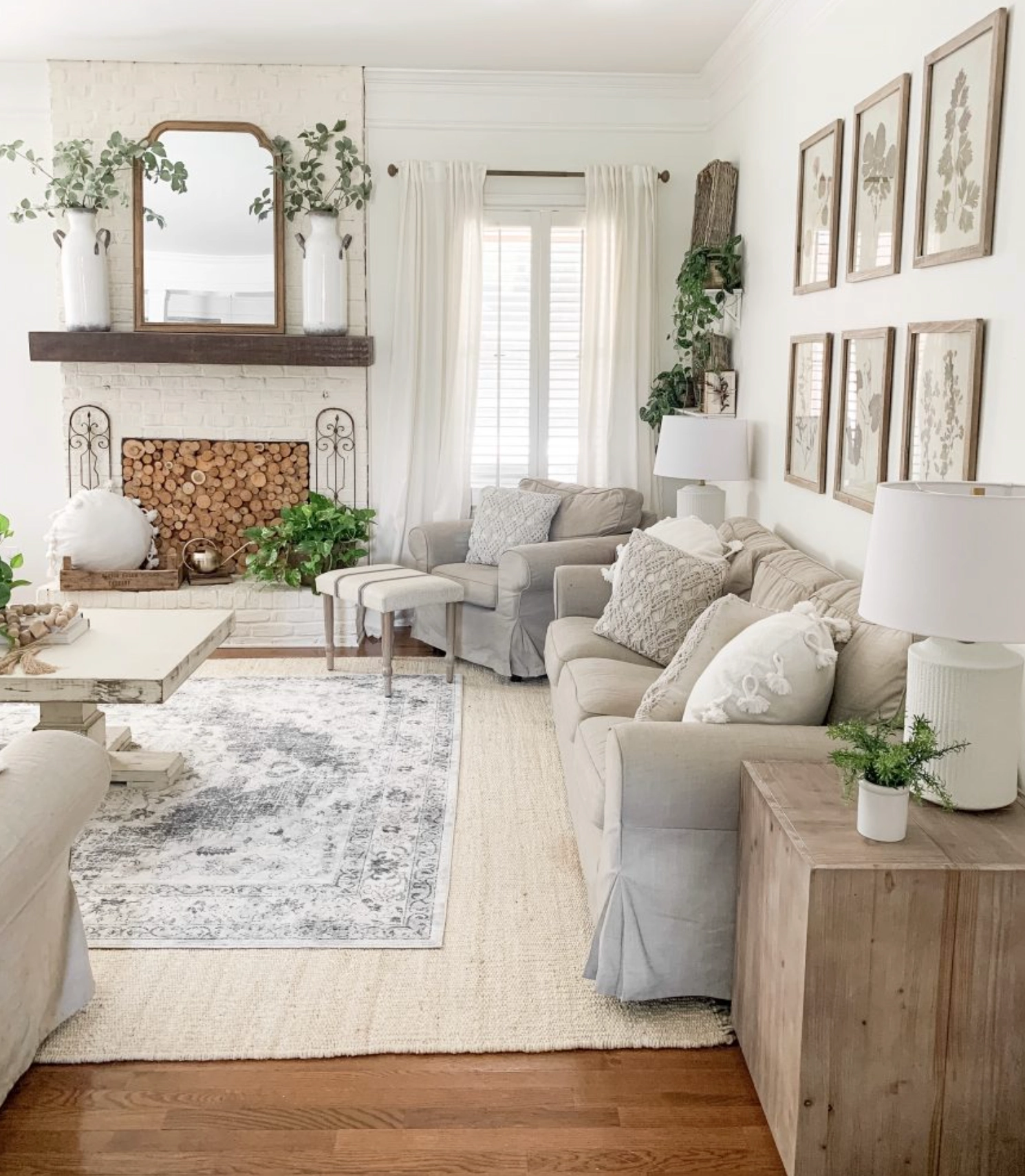
source
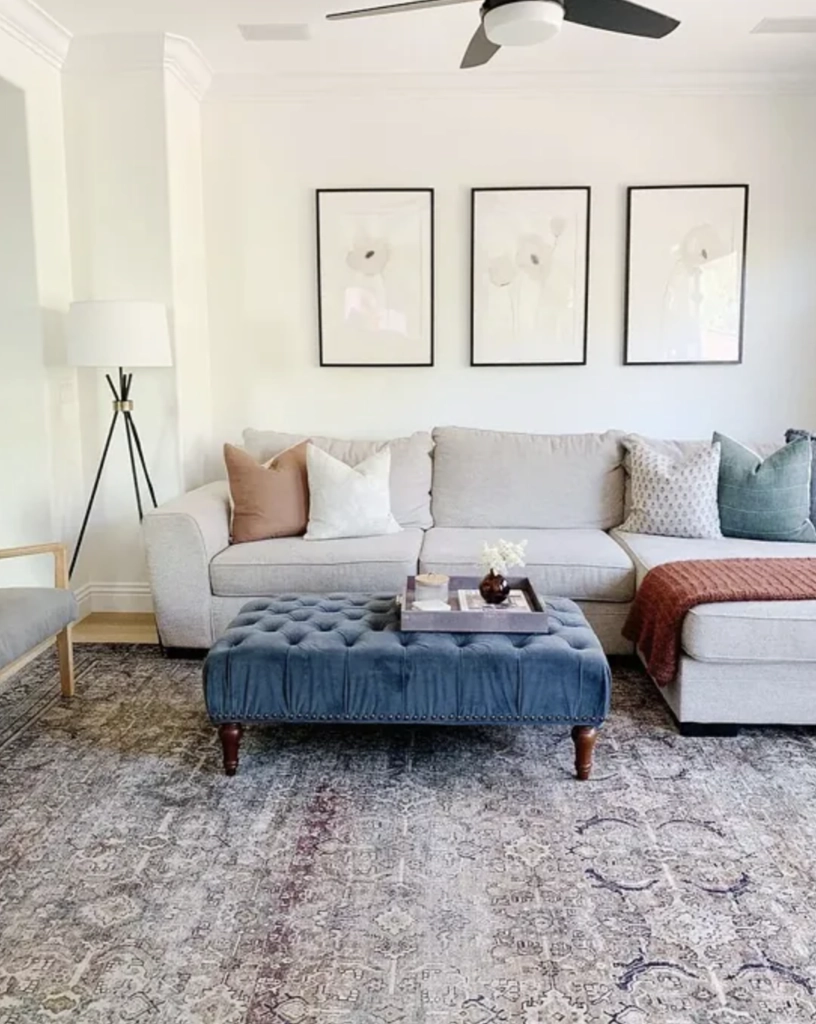
source
Alabaster’s more laid-back in living rooms. Unlike its warmer cousin, it doesn’t play games with light – just stays true to character. Perfect when you need a more neutral backdrop for bold accents.
Kitchens
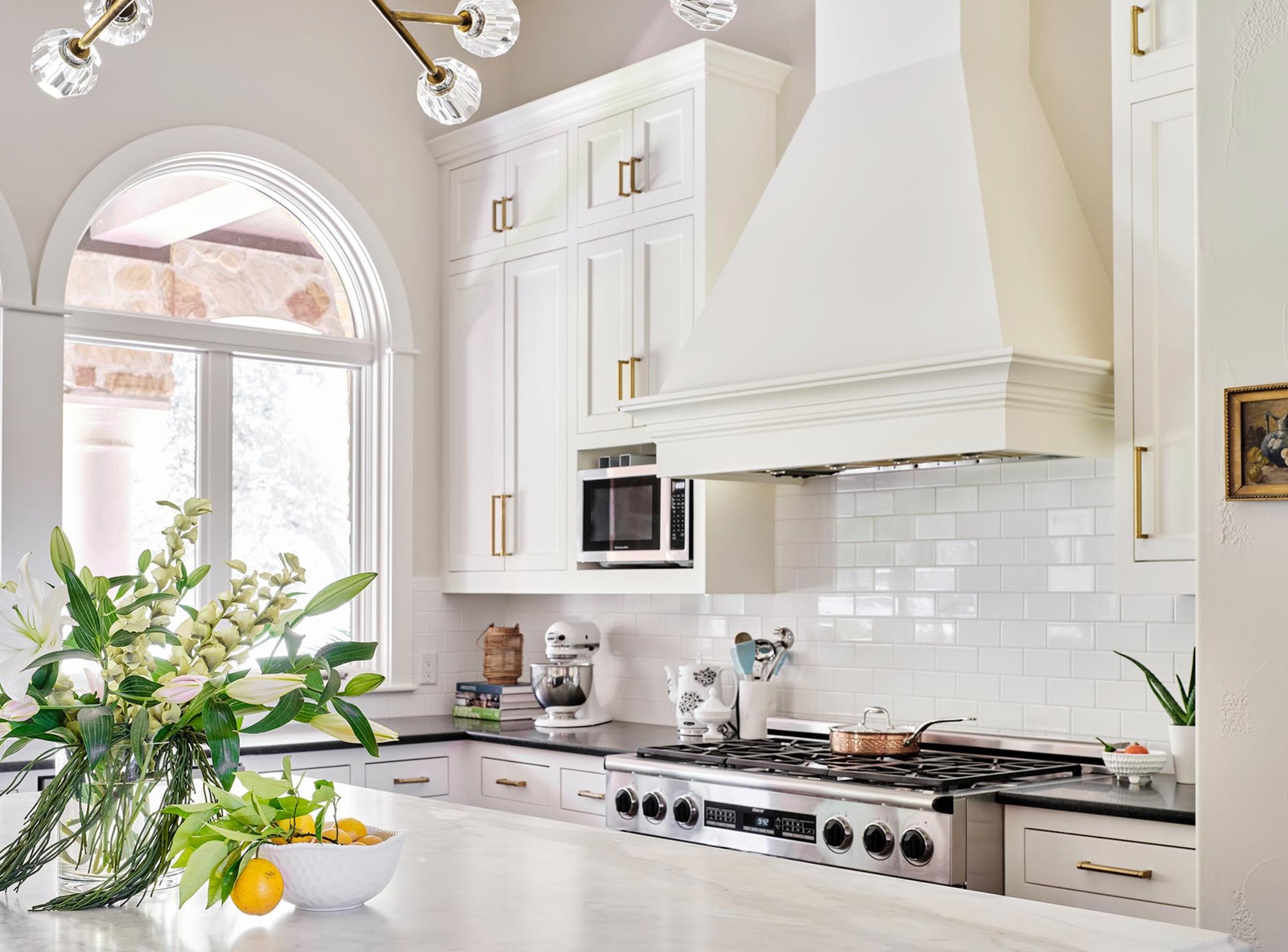
source
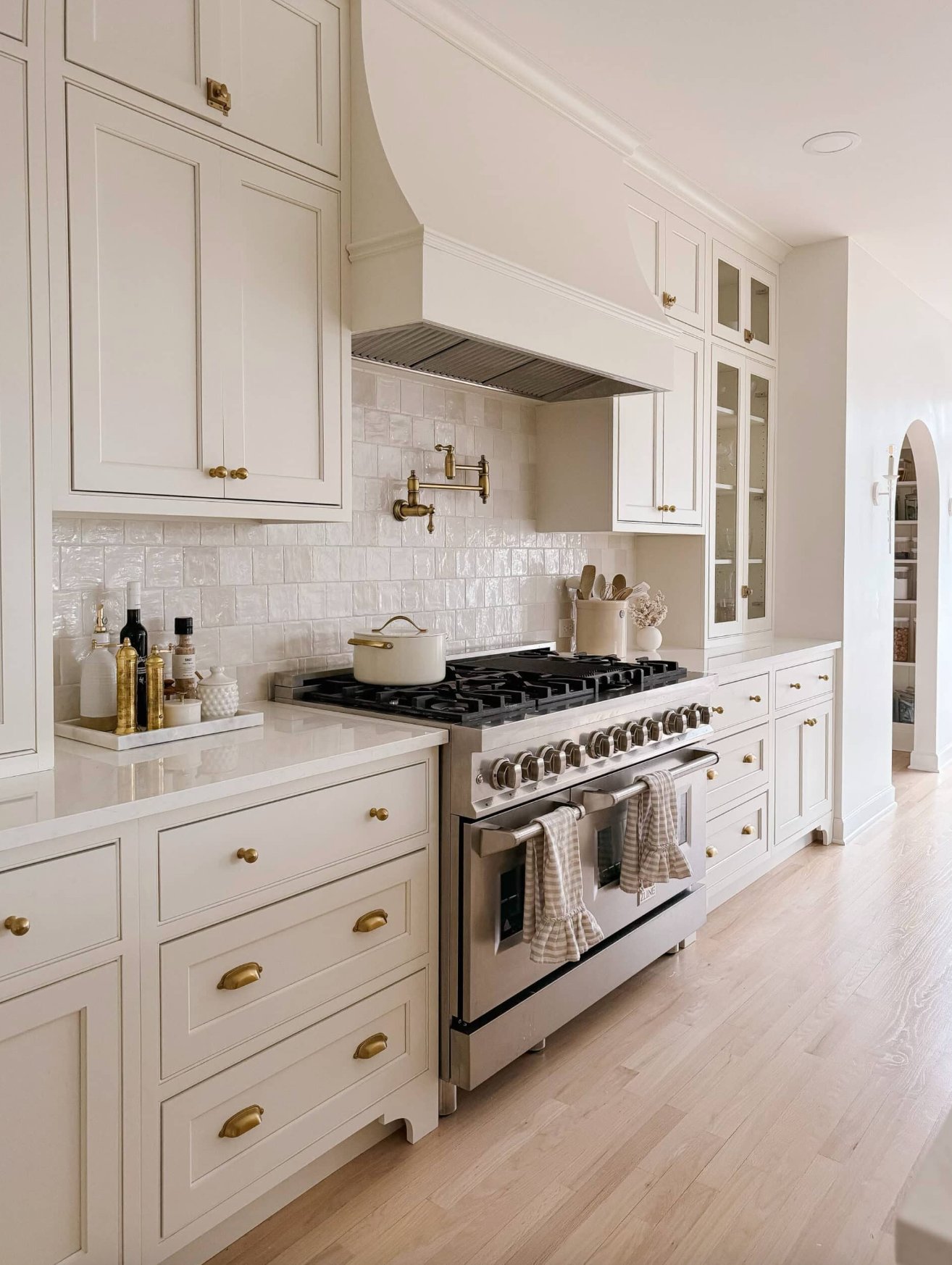
source
SW Greek Villa rocks kitchen walls and cabinets, especially with moderate light – creating this lovely homey vibe. But it can get tricky with artificial lighting – sometimes, it shows more yellow than you might want.
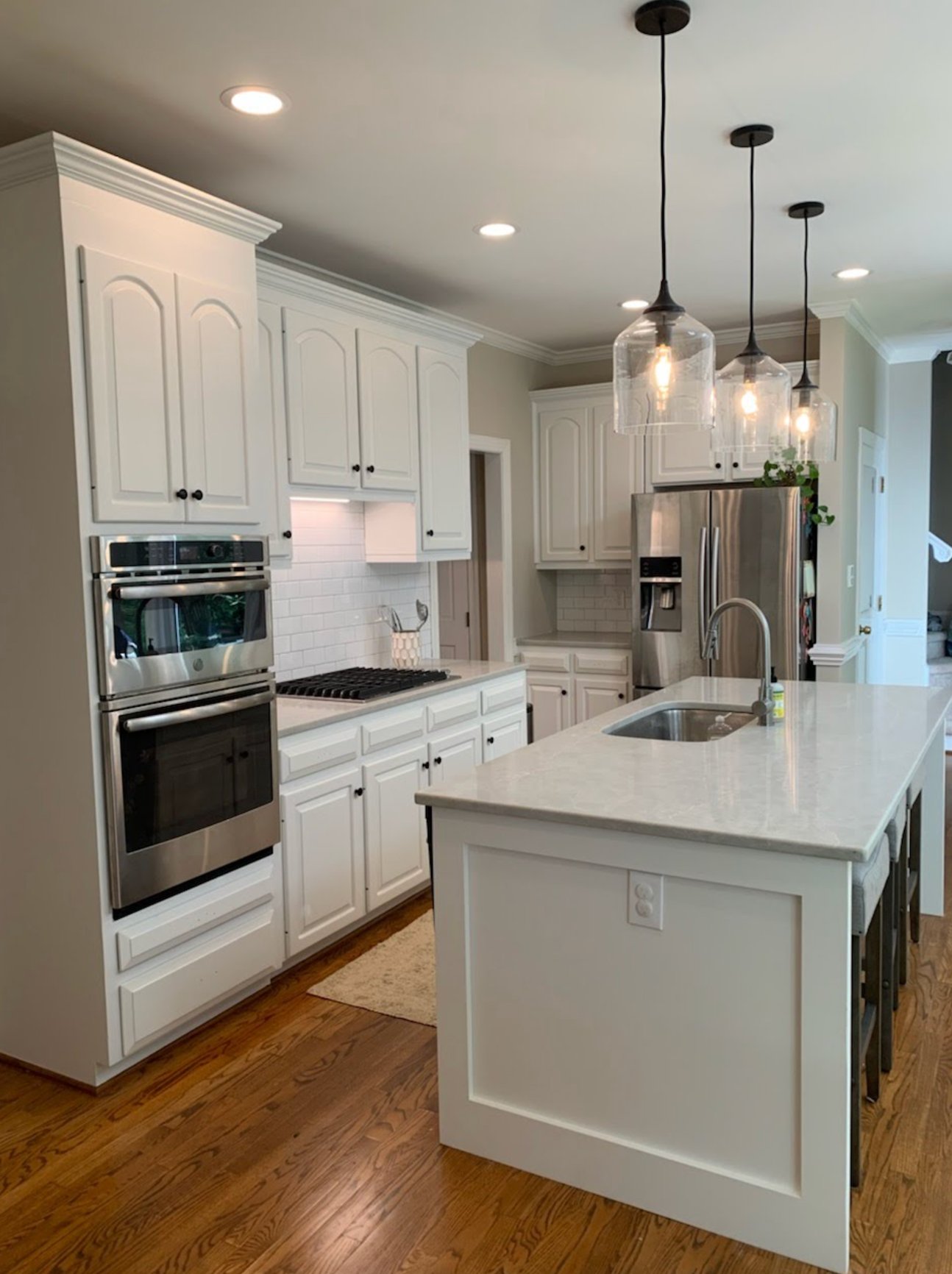
source
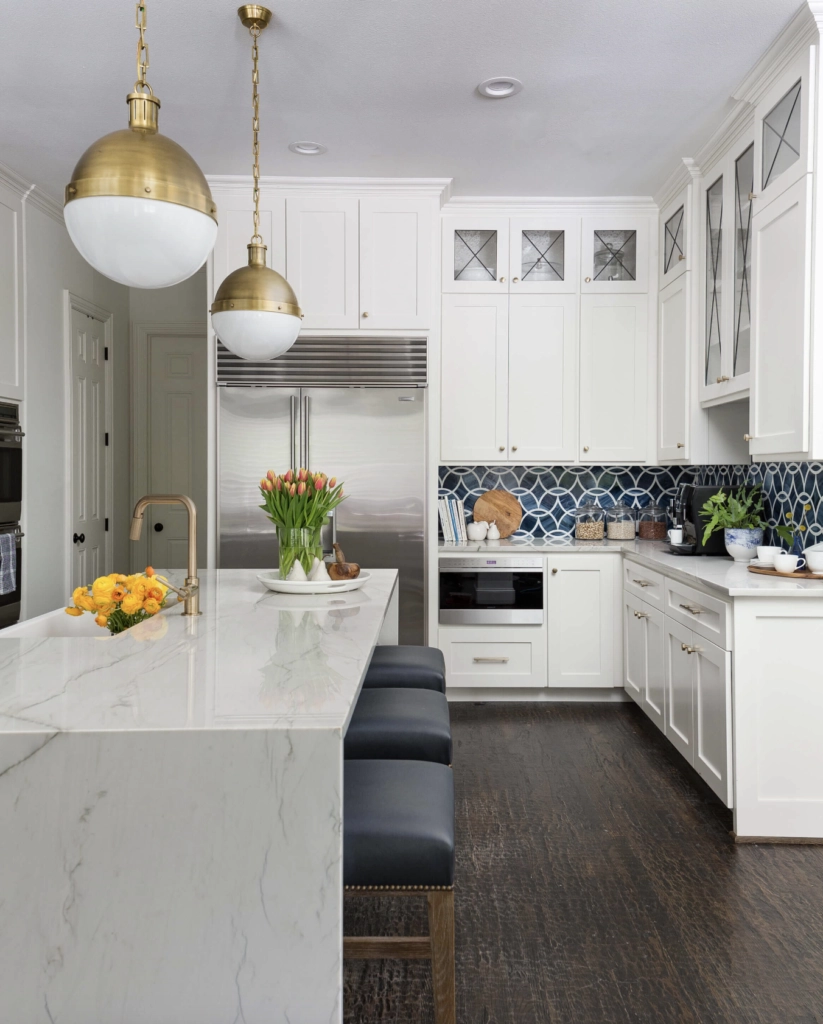
source
SW Alabaster in kitchens? That’s my personal sweet spot! Hides cooking splatters better than Greek Villa and looks fantastic in two-tone setups, especially on upper cabinets.
Bedrooms
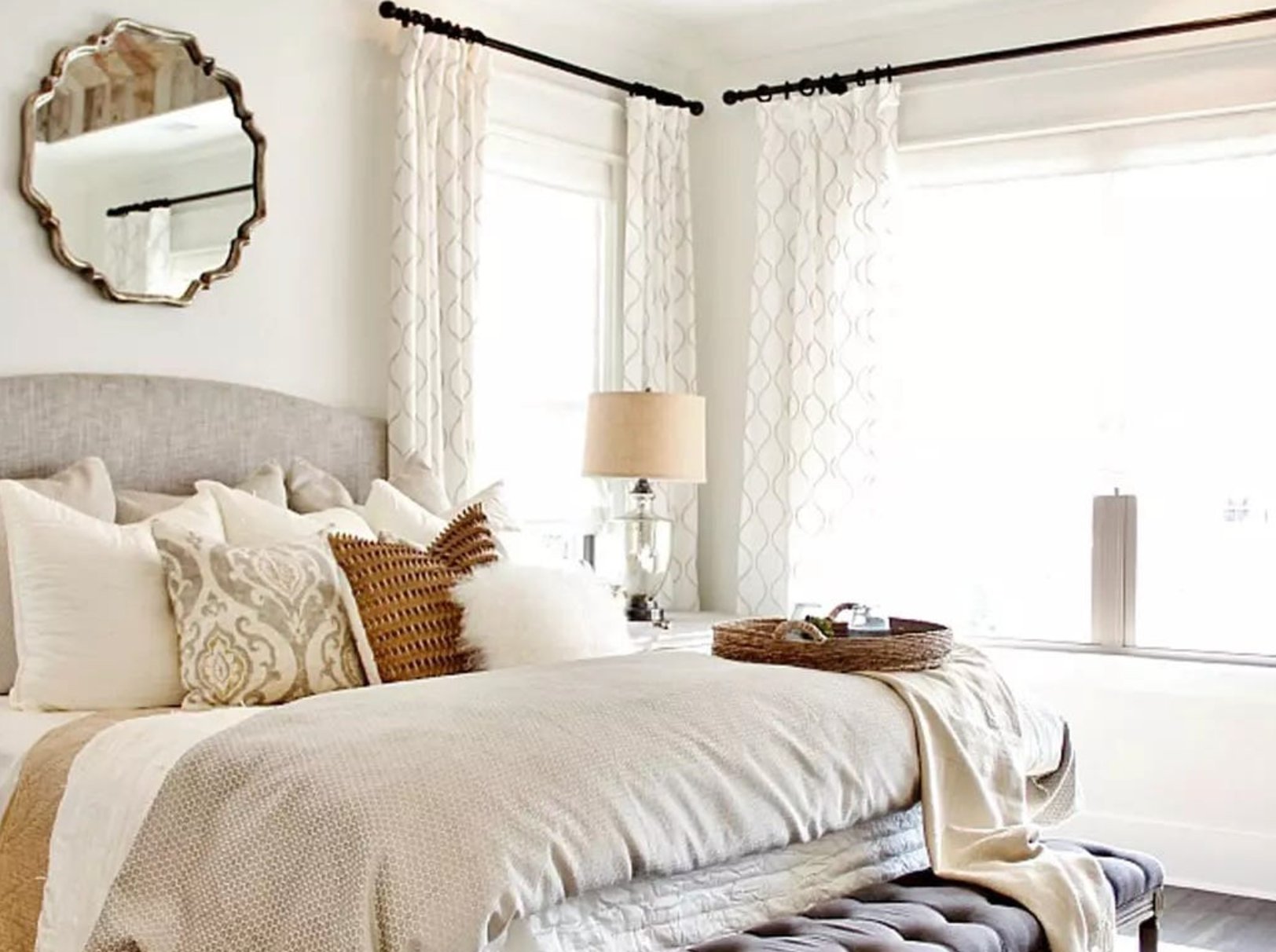
source
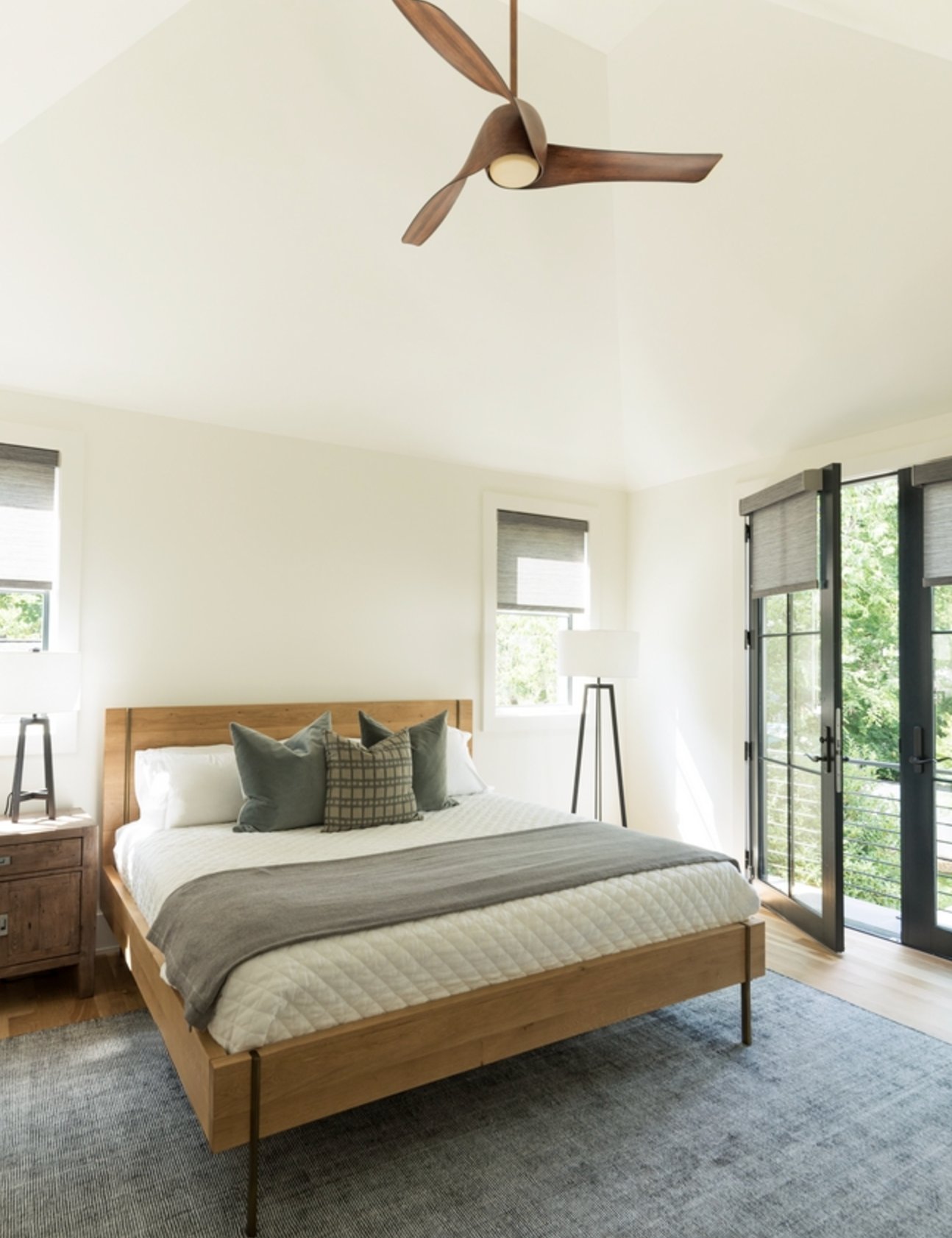
source
Greek Villa feels like wrapping yourself in a cozy blanket when used in bedrooms – it’s warm and inviting. It can lean a bit too creamy in south-facing spaces, but evening lighting helps tone it down nicely.
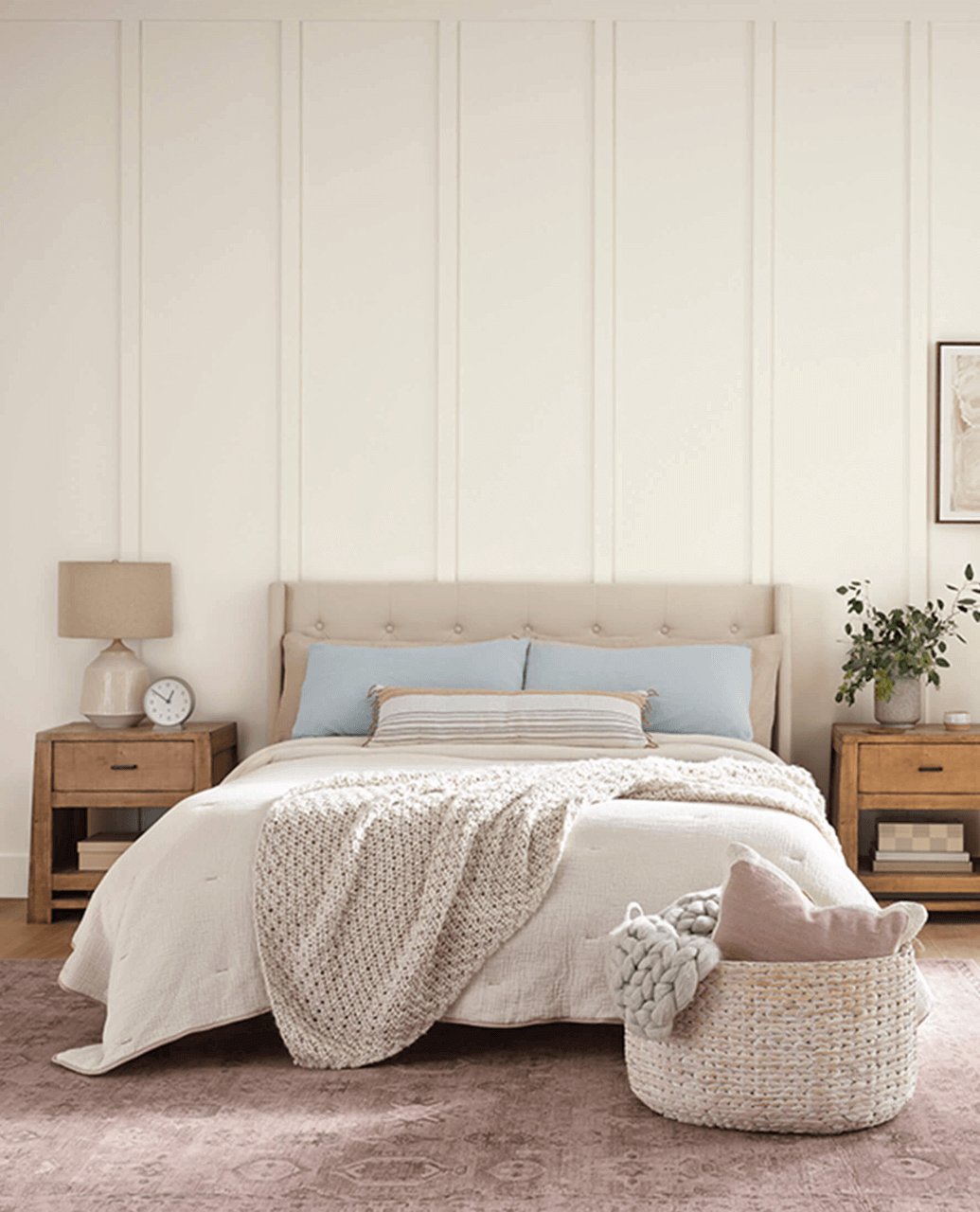
source
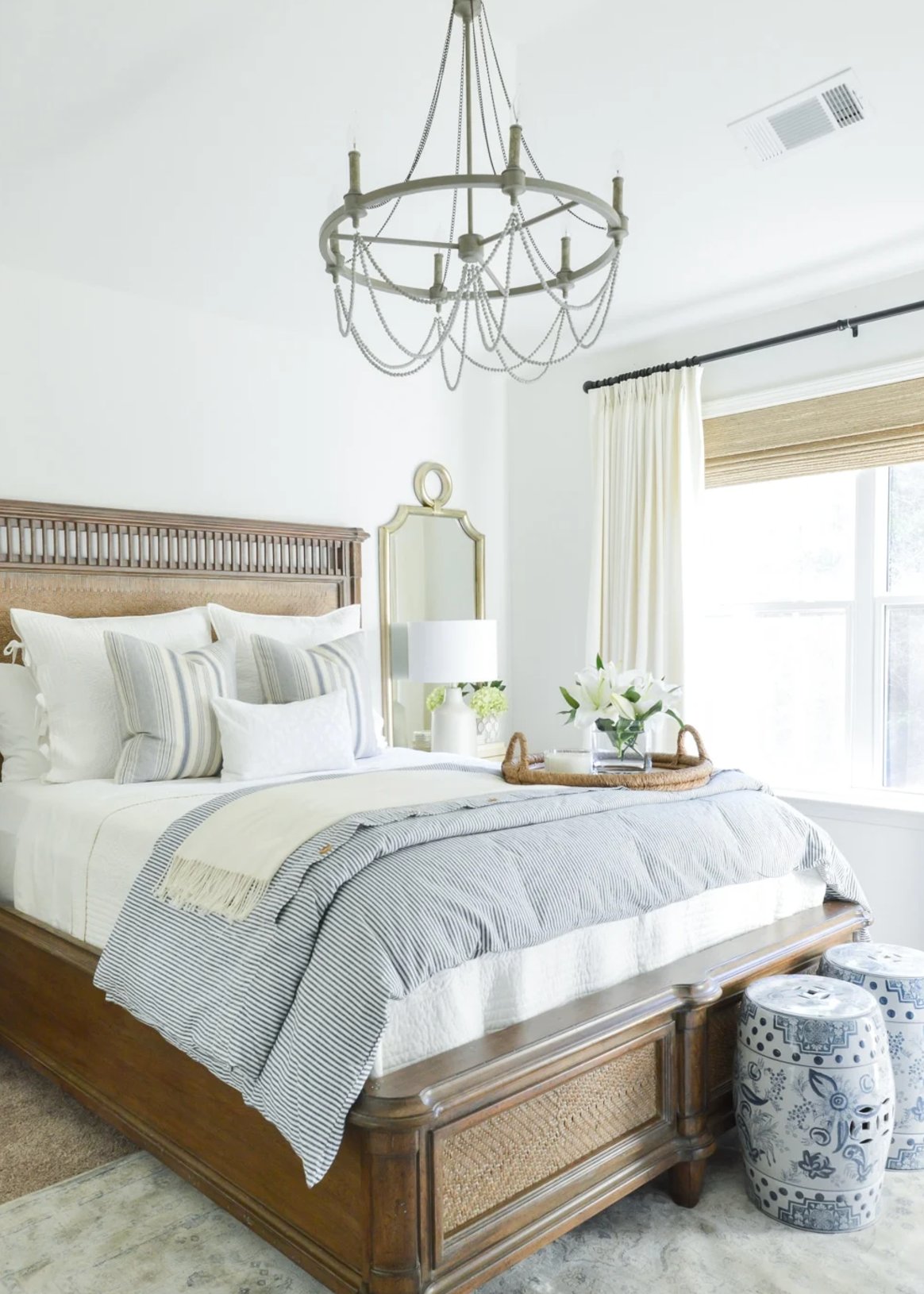
source
Alabaster is another bedroom superstar. Next to Greek Villa, it comes across as more refined and serene. It really shines in darker rooms facing north, where its high LRV makes the most of whatever light you’ve got.
Exteriors
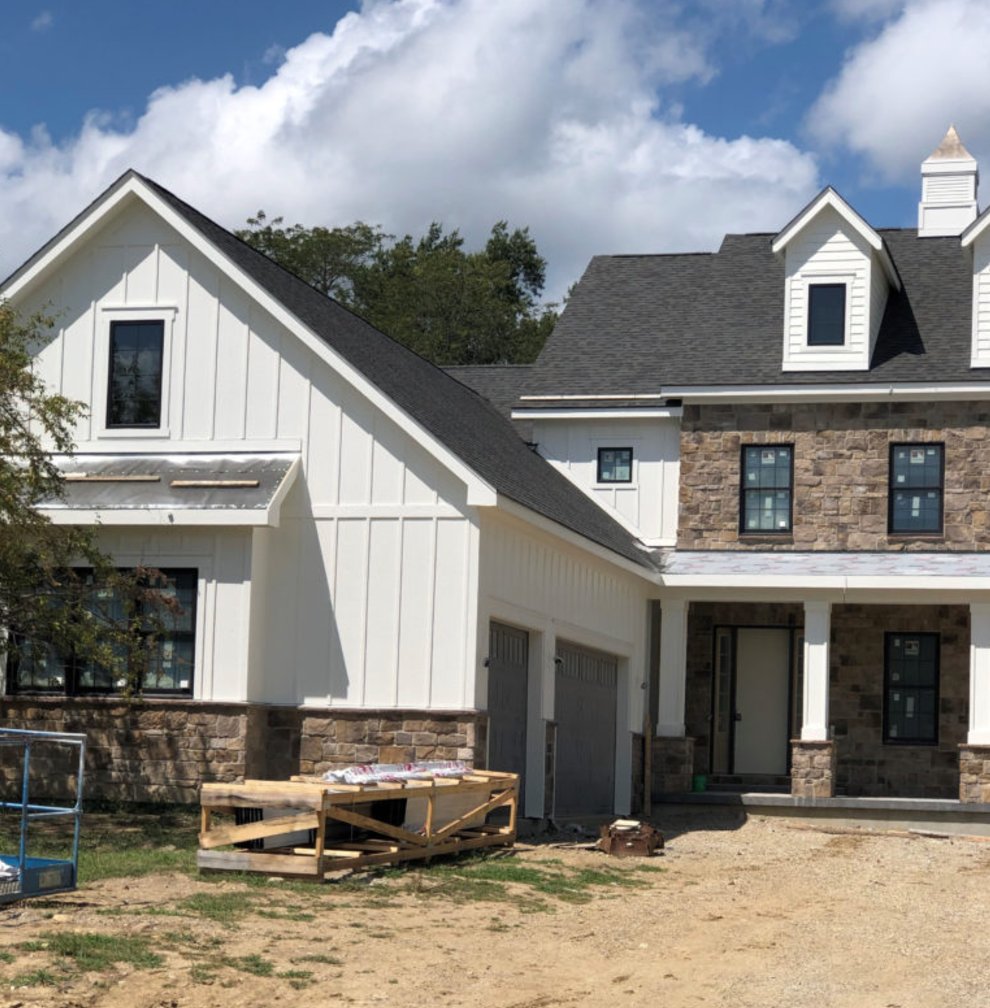
source
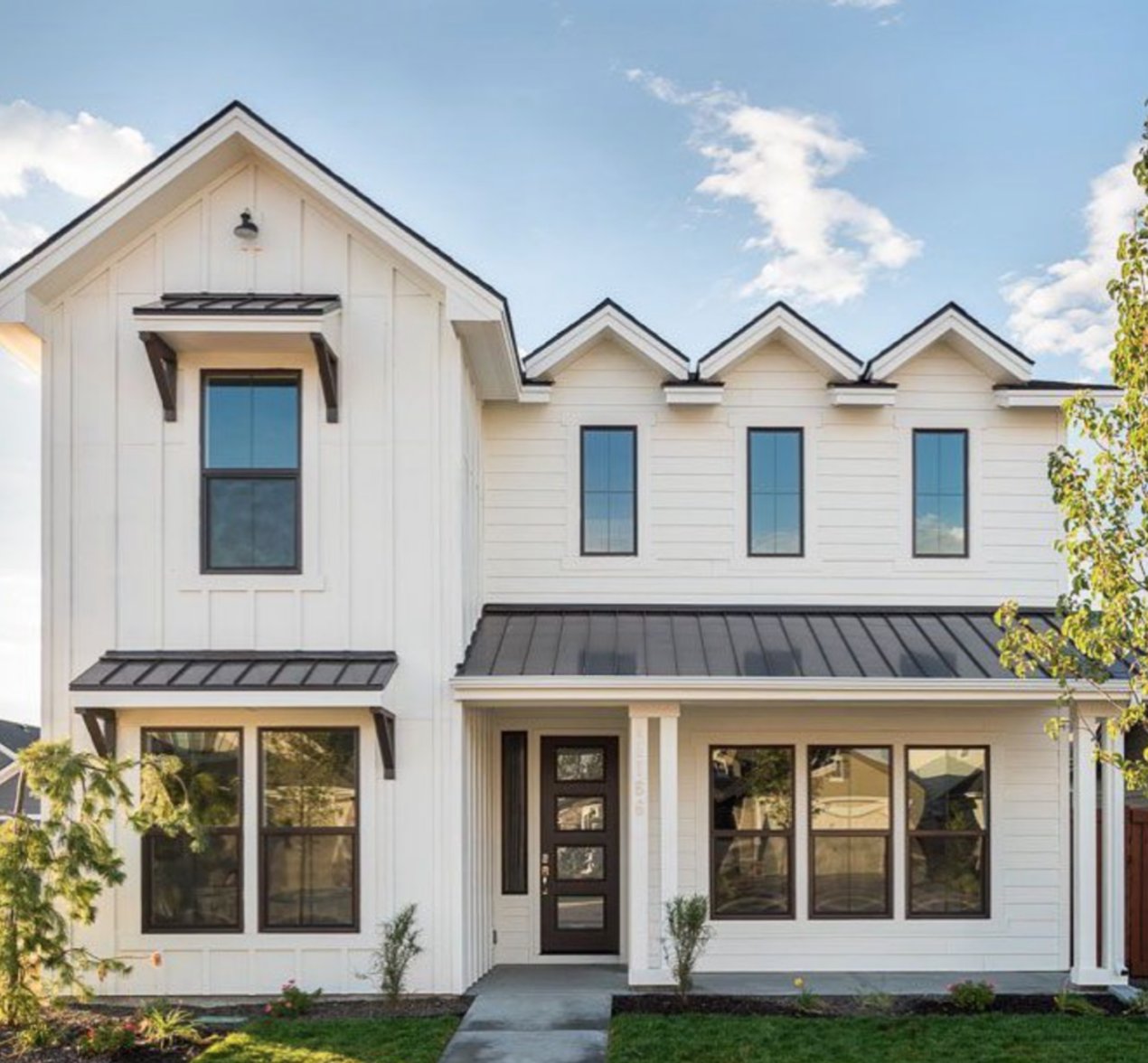
source
Greek Villa is an absolute dream for exteriors, especially in shaded areas! It plays beautifully with stucco and brick. While it tends to pick up yellow tones in direct sun, this actually adds a lovely Mediterranean vibe.
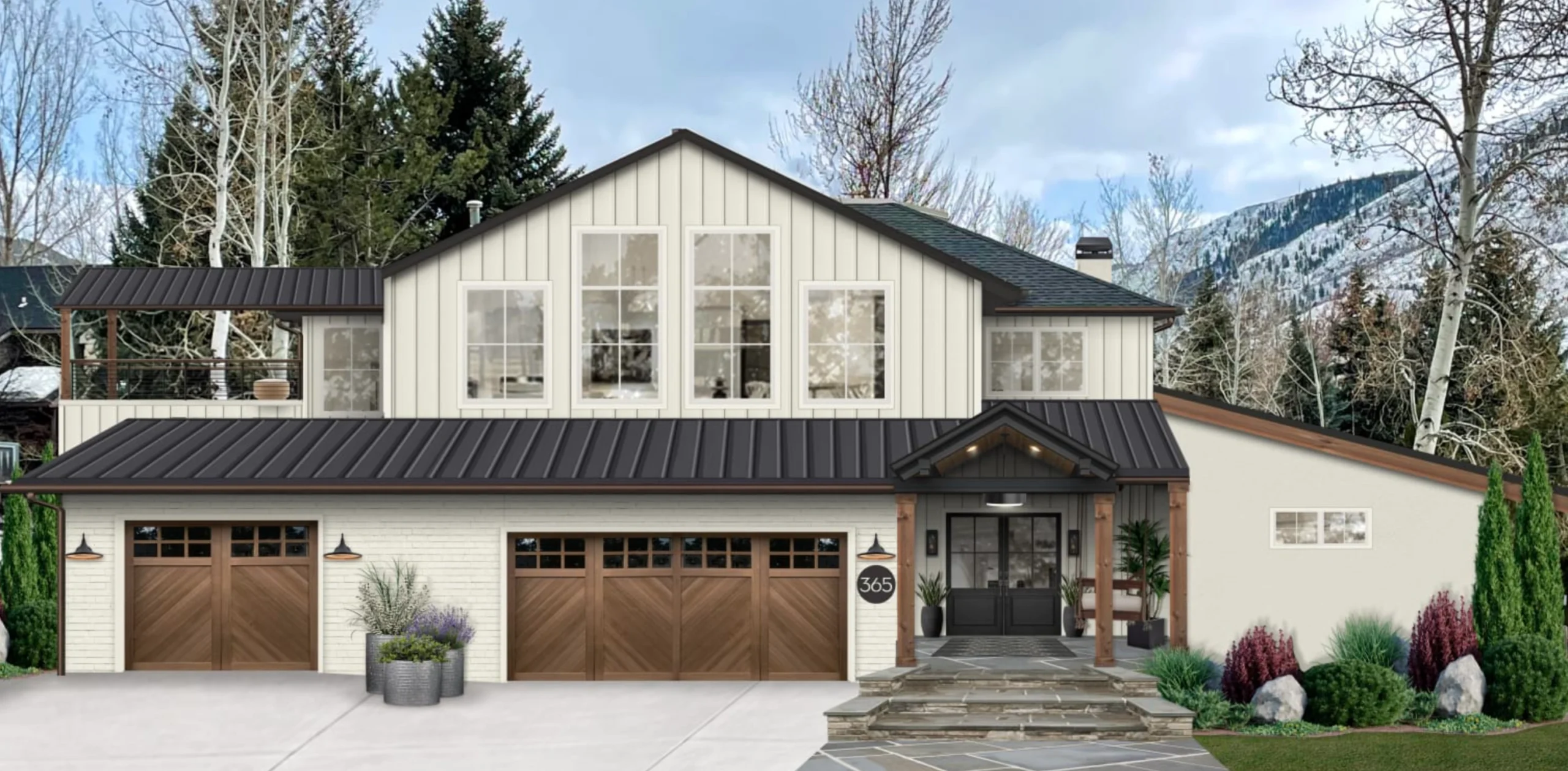
source
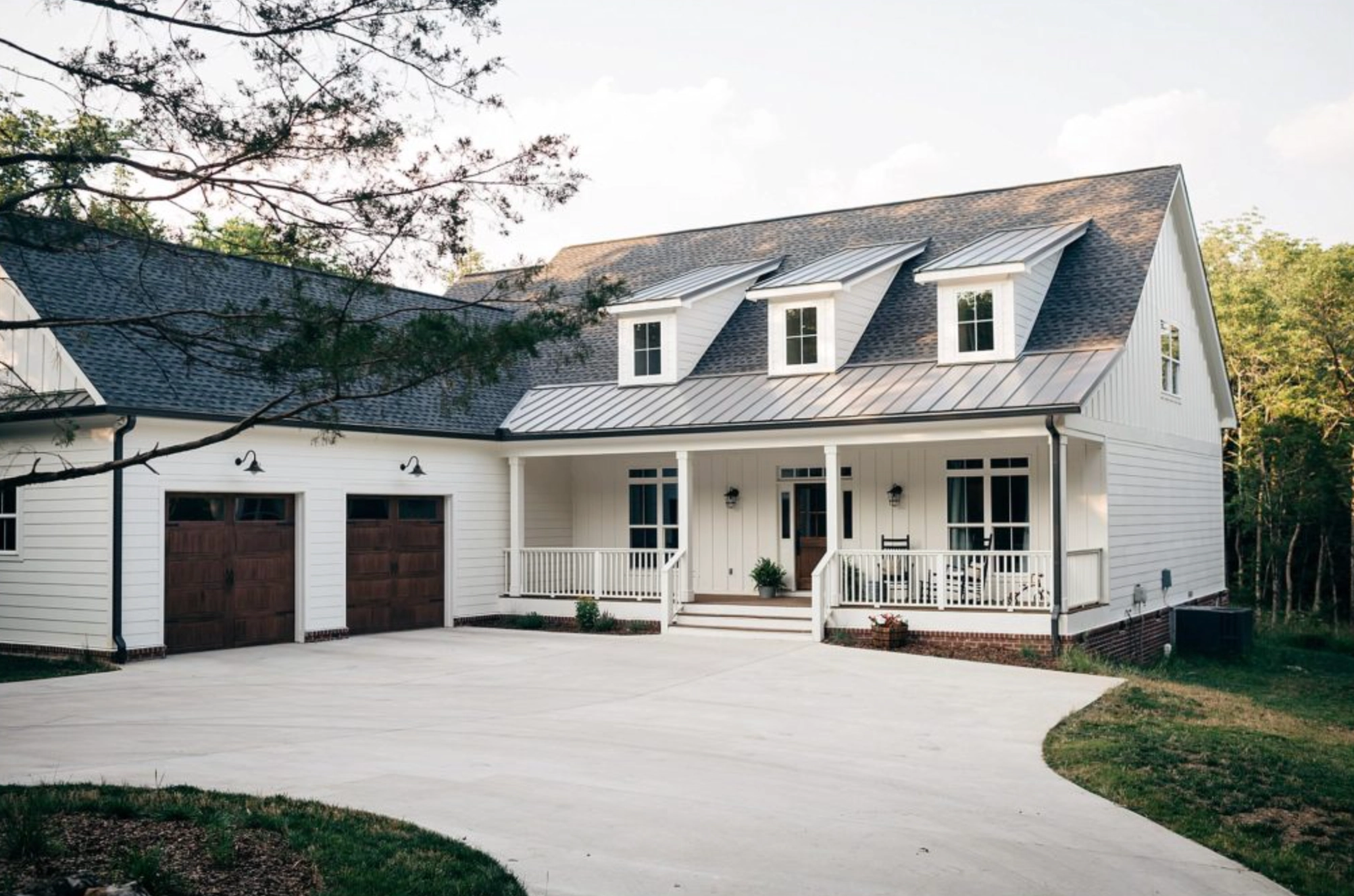
source
Alabaster is the more reliable option outside. Unlike its cousin Greek Villa, it keeps its cool in different lights and doesn’t go yellow near landscaping. It brings a fresh feel without looking stark.
Lighting Impact
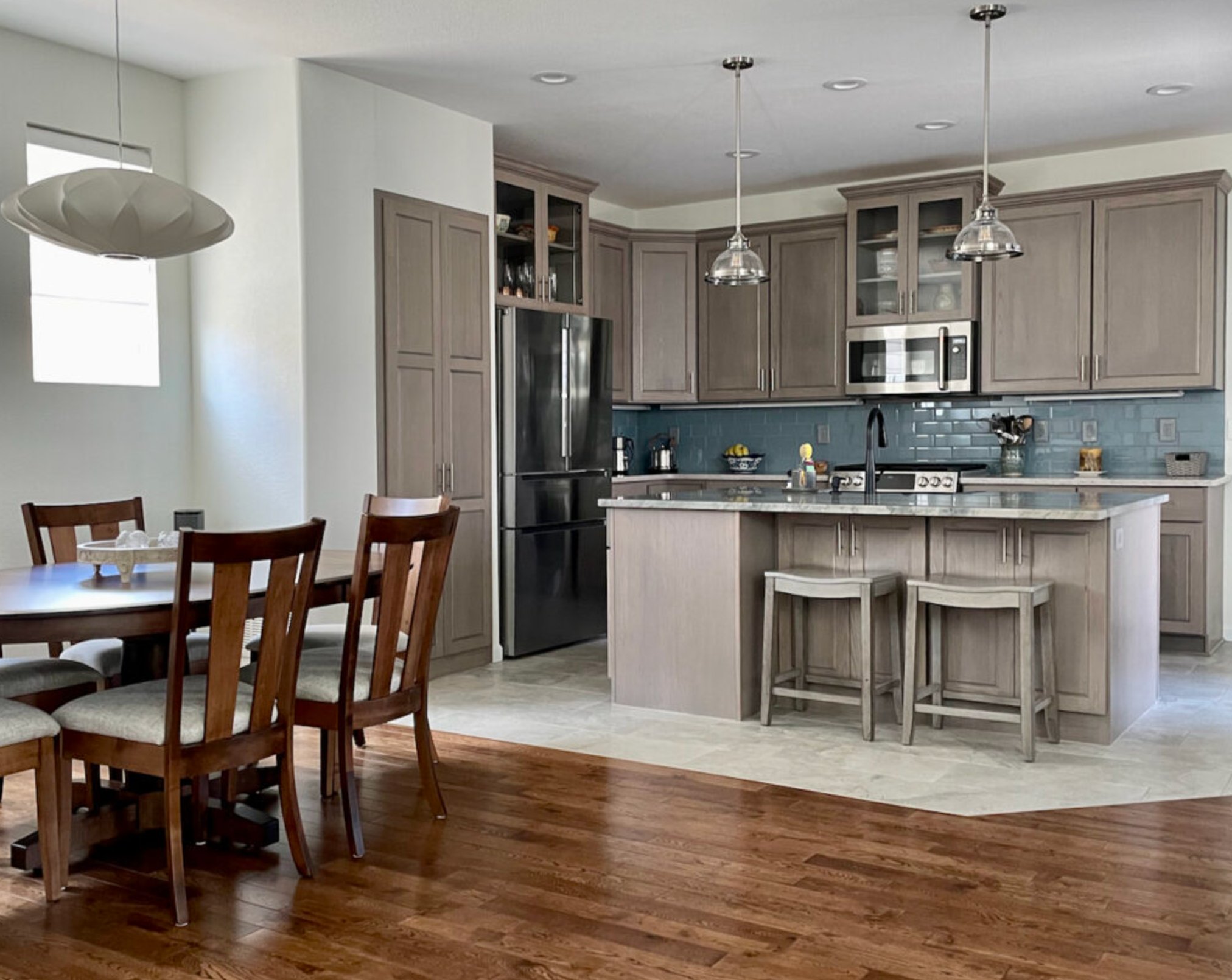
source
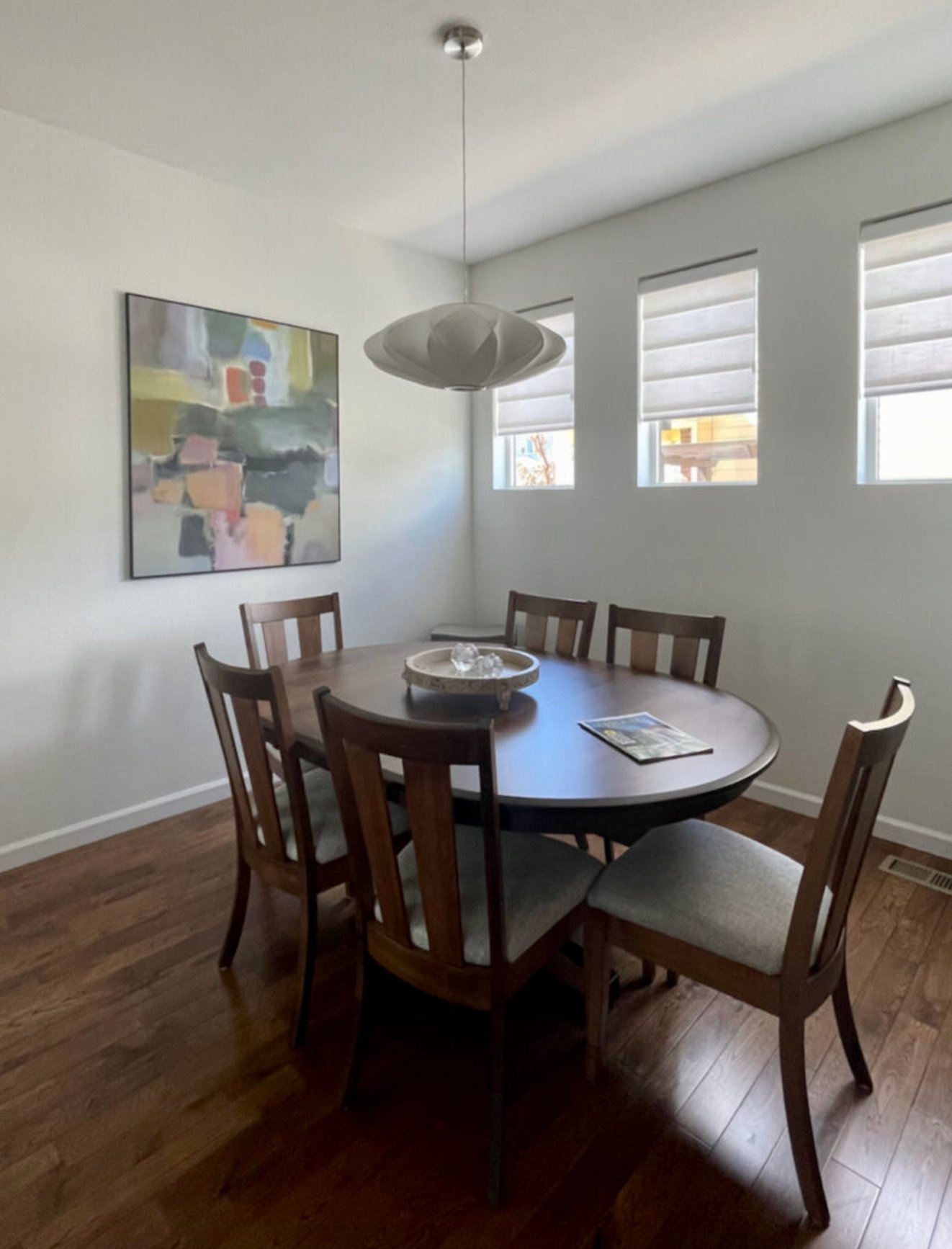
source
Greek Villa’s claim to fame is how much it changes with lighting. Southern rooms bring out its warmer, yellower side, particularly on large wall spaces. This works in your favor in north-facing rooms though – adding just the right amount of warmth.
Artificial lighting helps neutralize the yellow tones. It looks especially stunning against dark wood finishes in living spaces with plenty of windows.
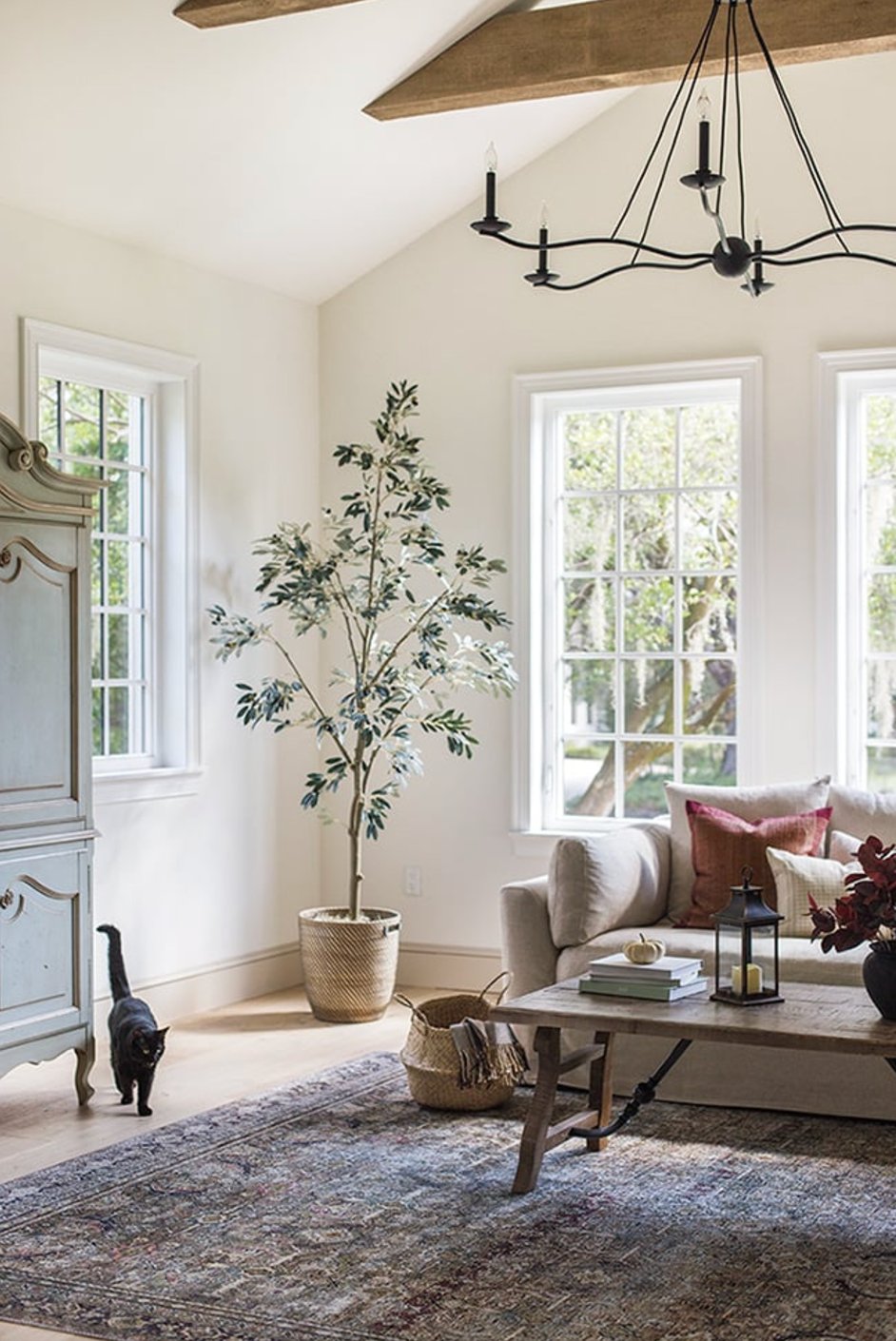
source
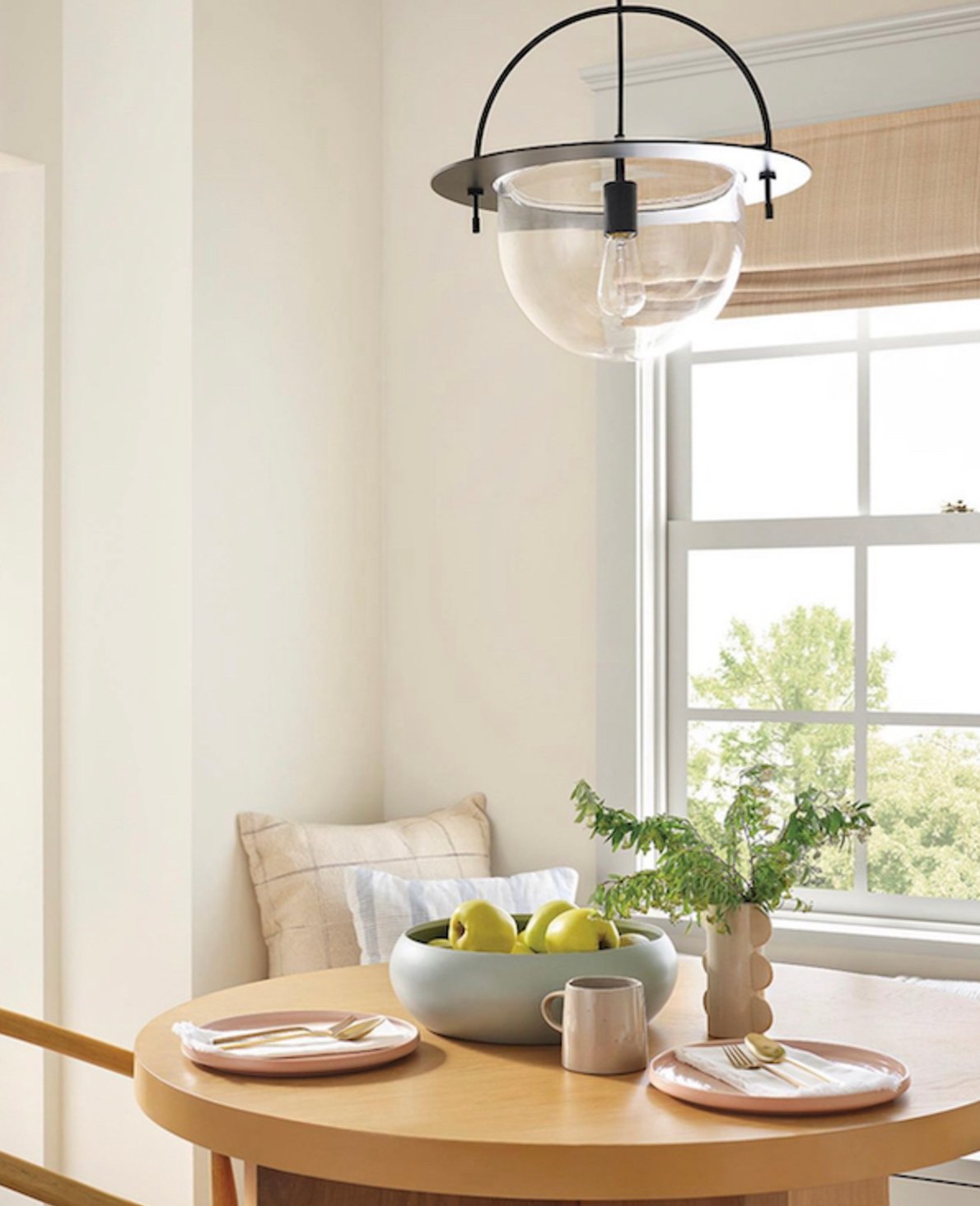
source
Alabaster is much more straightforward to work with. It holds steady where Greek Villa shifts, staying true to its color. Pop it in a north-facing bedroom? Fresh white. Dark entryway? Slightly warmer but still gorgeous.
Its light-reflecting properties are a game-changer in dark spaces. When I was picking colors for my kitchen, this sealed the deal – even next to windows reflecting garden greenery, it stayed consistent. That’s why SW Alabaster is my go-to white for tricky spaces with changing light.
Coordinating Colors
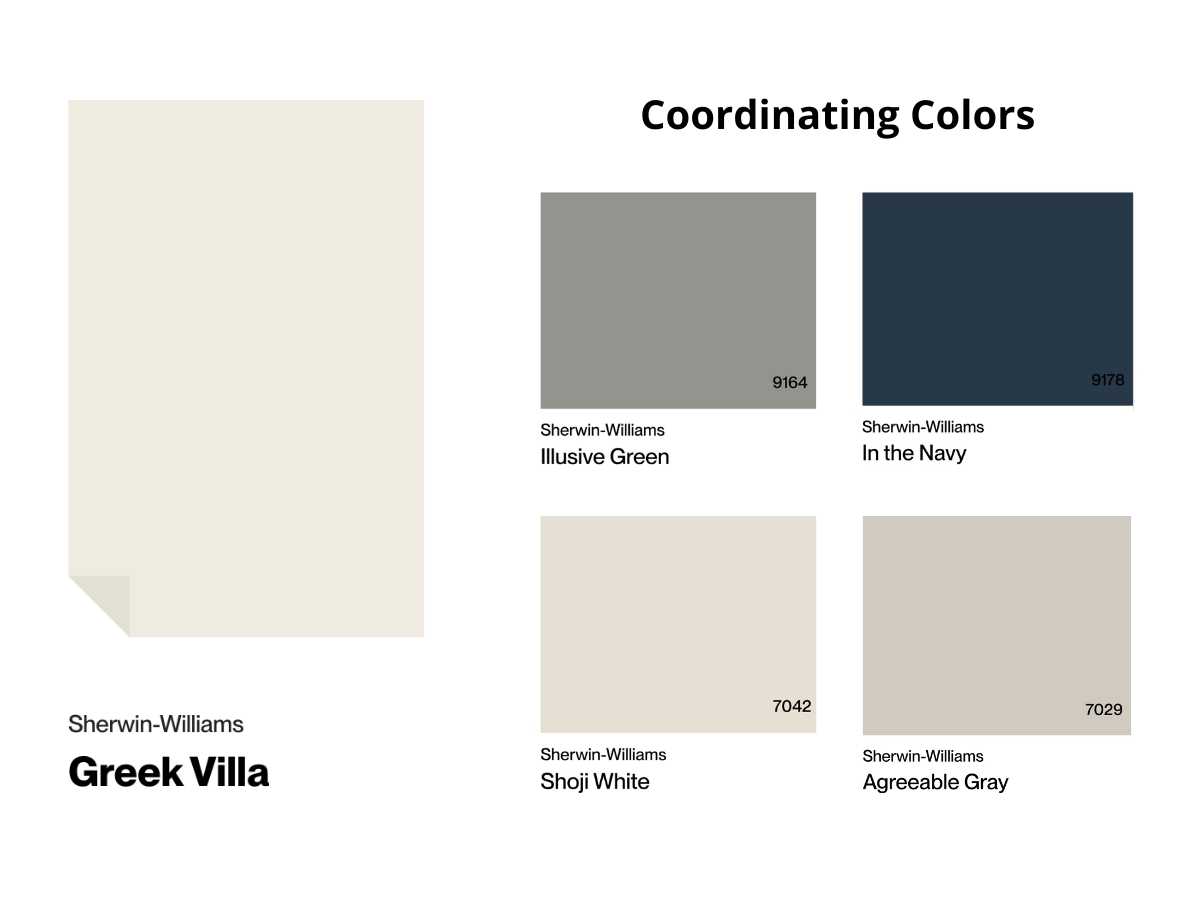
Greek Villa nails that warm-but-not-saccharine sweet spot. Its subtle yellow undertones look fantastic with dark wood and brass fixtures.
Inside, it creates magic with deep blues and greens for that classic American look. Pair it with black accents, and you’ve got yourself a striking modern contrast.
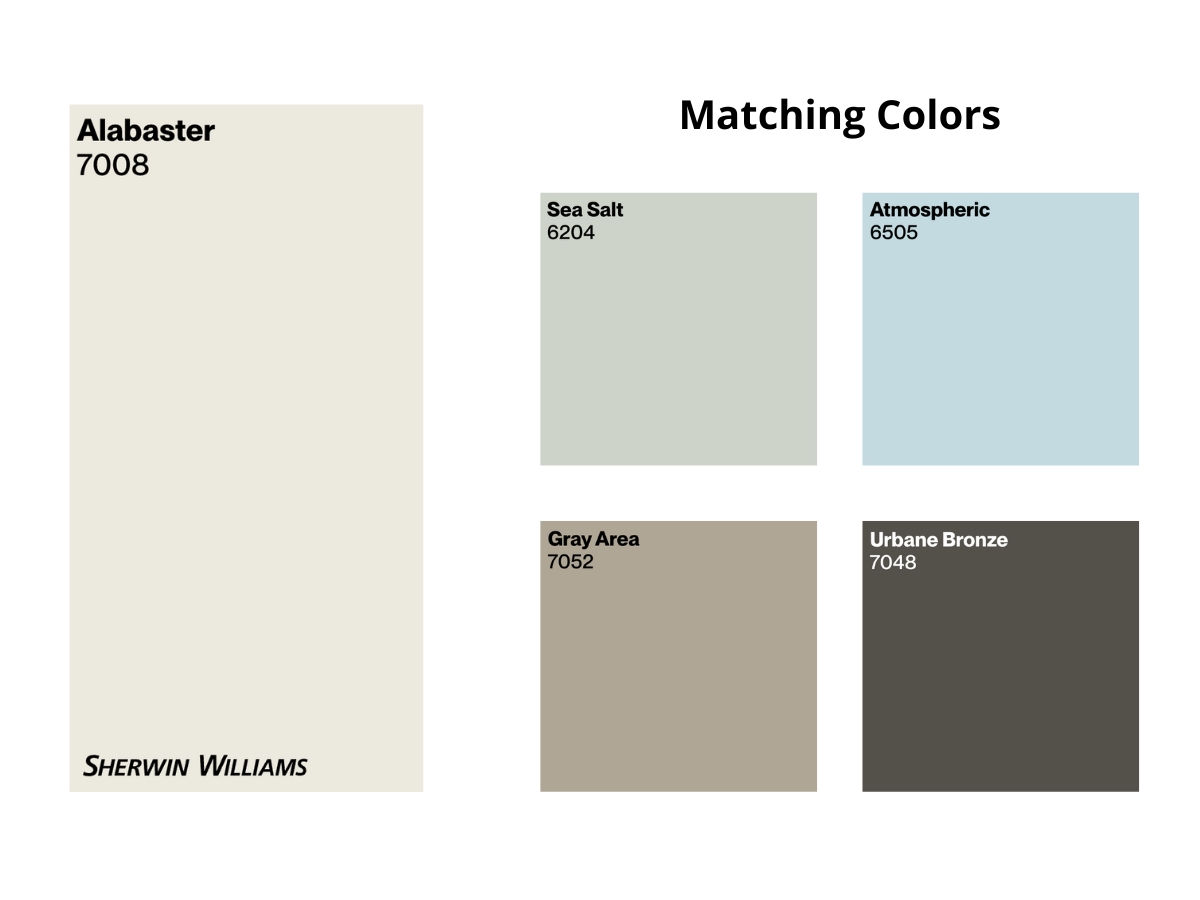
Alabaster is the more adaptable player. Instead of Greek Villa’s yellow leanings, it has a soft beige-gray undertone that barely registers on the walls.
It’s perfect for two-tone schemes – think Pewter Green on kitchen islands or Useful Gray on feature walls. When combined with natural stone and warm blues, it reads more contemporary and sophisticated than Greek Villa.
What I love about Alabaster is how well it plays with other whites – making it perfect for trim and molding.
Making Your Decision
Here’s the bottom line:
Go for Greek Villa when you want to warm up north-facing spaces or bring in some Mediterranean charm.
Choose Alabaster if you need something more versatile, especially if you’re planning to use it throughout your home or want to avoid any yellow surprises.
Always test your samples throughout the day in different lighting before making the final call!

